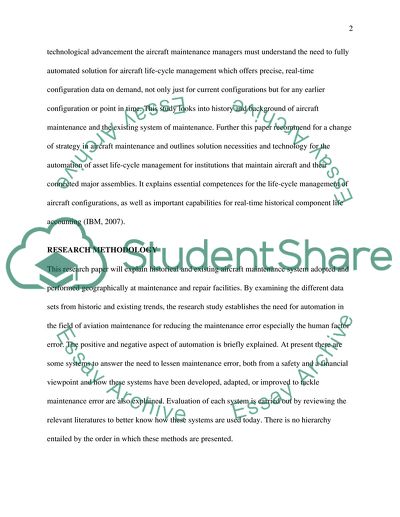Cite this document
(The Specific Need for Change of Strategy in Aircraft Maintenance Research Paper, n.d.)
The Specific Need for Change of Strategy in Aircraft Maintenance Research Paper. Retrieved from https://studentshare.org/technology/1721309-change-of-strategy-in-the-aircraft-maintenance-organization
The Specific Need for Change of Strategy in Aircraft Maintenance Research Paper. Retrieved from https://studentshare.org/technology/1721309-change-of-strategy-in-the-aircraft-maintenance-organization
(The Specific Need for Change of Strategy in Aircraft Maintenance Research Paper)
The Specific Need for Change of Strategy in Aircraft Maintenance Research Paper. https://studentshare.org/technology/1721309-change-of-strategy-in-the-aircraft-maintenance-organization.
The Specific Need for Change of Strategy in Aircraft Maintenance Research Paper. https://studentshare.org/technology/1721309-change-of-strategy-in-the-aircraft-maintenance-organization.
“The Specific Need for Change of Strategy in Aircraft Maintenance Research Paper”, n.d. https://studentshare.org/technology/1721309-change-of-strategy-in-the-aircraft-maintenance-organization.


